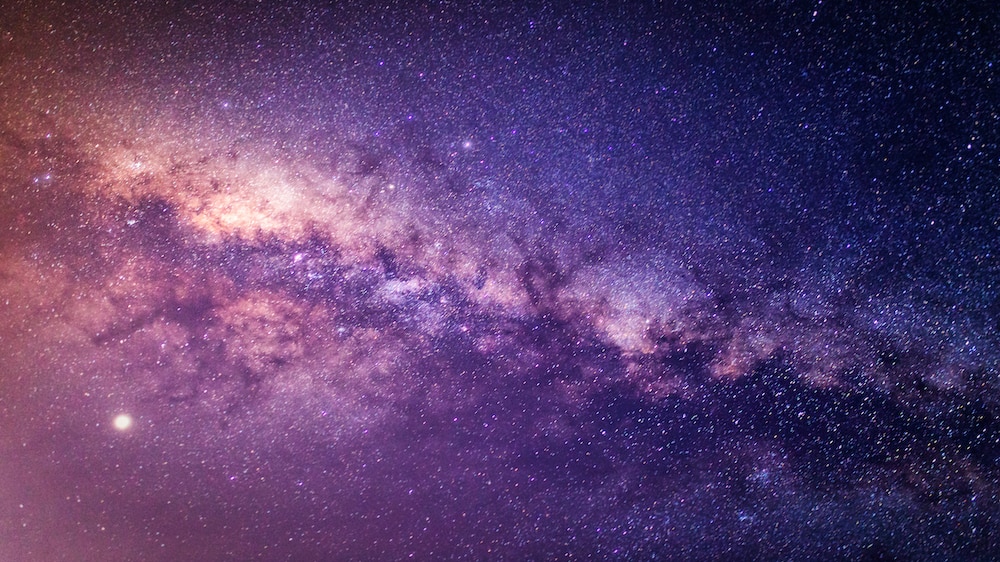Create a free profile to get unlimited access to exclusive videos, sweepstakes, and more!
There is a monster named Maggie lurking in the galaxy
Maggie is 3,900 light years long and could be a future breeding ground for stars.

The Sagittarius Arm may be the most ginormous structure in the galaxy, but there are other beasts, like the atomic hydrogen monster known as Maggie.
Maggie has an immense length of 3,900 light years, and is 130 light years across. It could also be a future breeding ground for stars. The atomic hydrogen in Maggie could eventually take molecular form (though how that happens is still a mystery) and some of it is already thought to have started morphing. We might not be around long enough to see the Milky Way get brighter, but many stars could spawn.
Those areas of Maggie where hydrogen gas is accumulating into huge clouds — and possibly changing from atomic (HI) to molecular (H2) form — are most likely to form stars someday. Researcher Jonas Syed of the Max Planck Institute for Astronomy (MPIA), who coauthored a study recently published in Astronomy & Astrophysics, remembers when he and his colleagues first suspected that a ginormous, gaseous structure was lurking. Maggie is the first large-scale atomic filament ever observed in the Milky Way.
"We broke down the observed atomic hydrogen gas into individual filaments that make up the galactic plane,” he told SYFY WIRE. “It allowed us to filter individual filaments and make them discernible against the background. This is how we bumped into Maggie.”
Observations that picked up on this beast were made by the galactic plane survey known as THOR (The HI/OH Recombination line survey of the Milky Way), which searches most of the inner galactic disc for HI and other gases. It also seeks out clouds forming from atomic gas that is possibly being converted to molecular gas. Clouds are compared to models which had predicted their formation. What made Syed and his team sure they were looking at a coherent structure was that gas velocities were just about the same throughout the entire thing.
Stars are born in dense molecular clouds made of dust and interstellar gas, mostly molecular hydrogen and carbon monoxide. The extreme cold causes gases to condense into these clouds, though it is sort of ironic that these hot objects need freezing temperatures (around absolute zero) to form. What is known about atomic gases turning molecular is that atoms are capable of binding together into molecules at these temperatures. When the weight and gravity of the even denser cores of these clouds collapse, they start to clump, and proto-stars begin to form.
“Depending on the density of the gas, theory predicts that over time, the neutral hydrogen atoms in the filament will pair up, forming hydrogen molecules. Molecular clouds are where we observe star formation,” said Syed.
For now, there isn’t any actual star formation going on in Maggie. Hints that molecular hydrogen may be forming may mean stars in the future. This structure was not exactly the easiest thing to find because atomic hydrogen is scattered everywhere in the Milky Way, which gets in the way of making out clouds and filaments. Finding out what occurs during the transition process of atomic to molecular hydrogen should help, but that is going to take really hi-res data. It should become easier to find regions where stars might be emerging after the transition is demystified.
“Maggie can give us an idea how some properties of these molecular clouds, which eventually form stars, might be inherited from the parental atomic gas out of which they emerged,” Syed said.
To see how magical star birth actually is, watch a simulation right here.


























